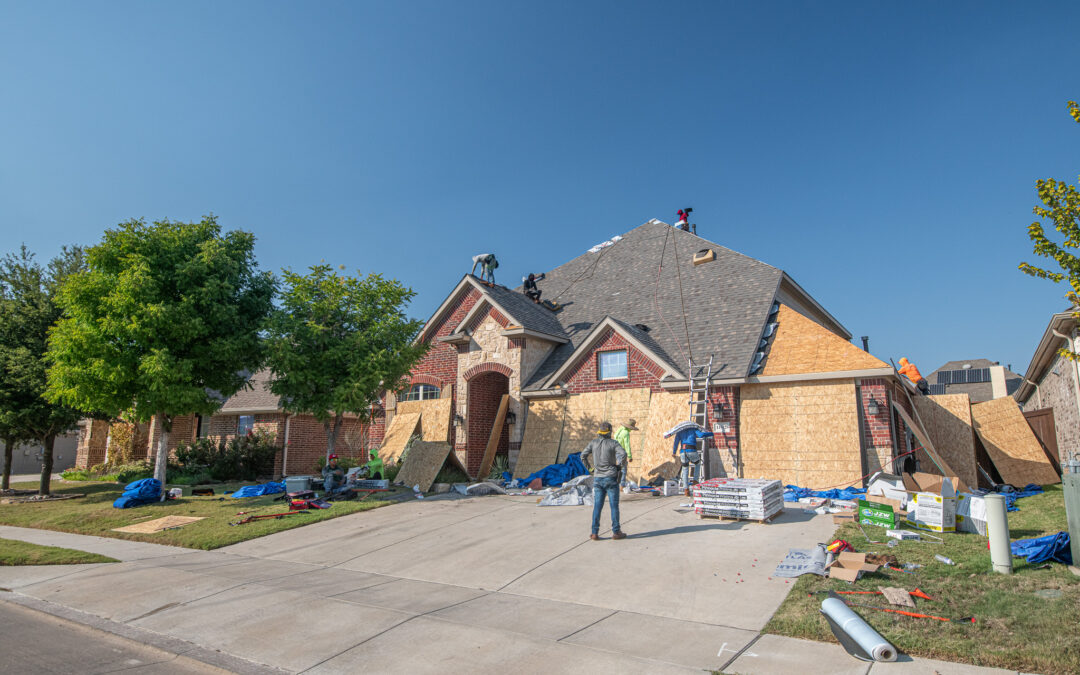If you own a home in Texas long enough, you’re going to be faced with a roof replacement. People think of roofers as sales folks, but they essentially sell a roof installation. The key to choosing a good roofer and having a five-star experience is understanding the process.
Your residential roof is more than just roof shingles—it’s a system of crucial components working together to protect your home from heat, wind, ice, water damage, and more. Learning about these components helps homeowners make informed decisions about maintenance and repairs. Here’s a breakdown of the most important parts:
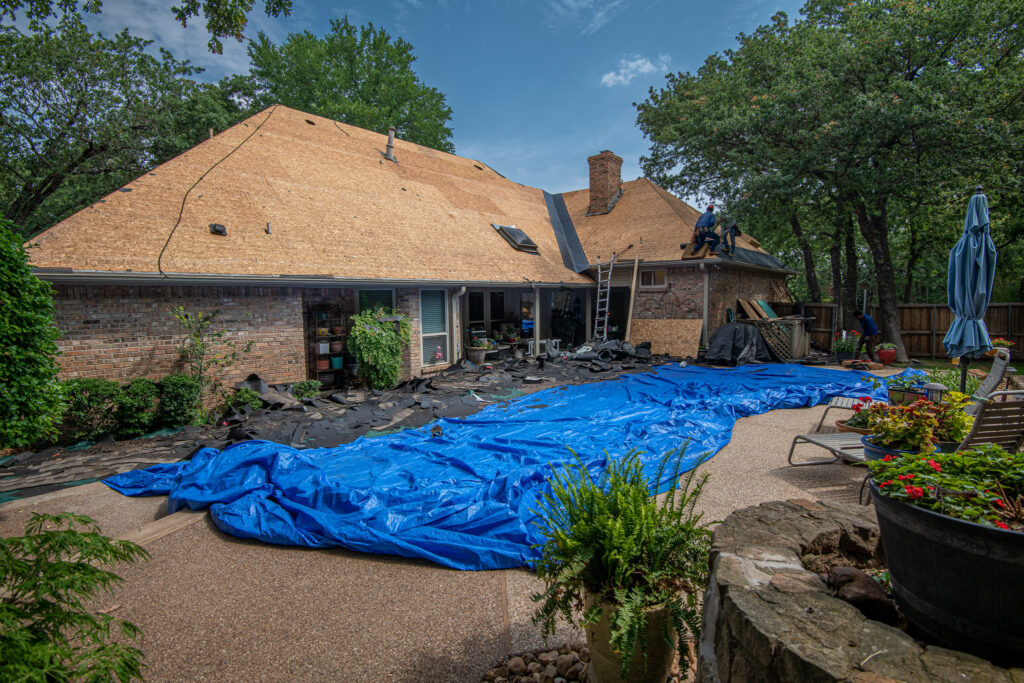
1. Roof Decking
The base of any roof is the decking, typically made of plywood or oriented strand board (OSB). This strong surface supports all other layers, ensuring structural integrity. Think of the roof deck like the foundation of your home.

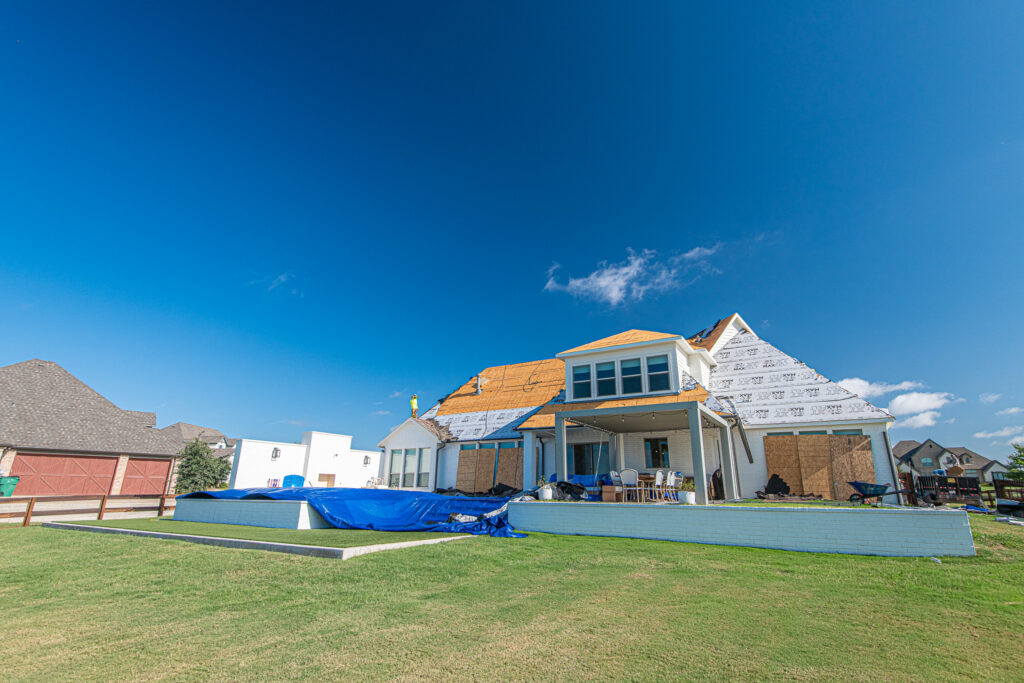
2. Underlayment
Placed over the decking, the roof underlayment acts as the next layer of protection, shielding the roof deck from moisture damage. Options like synthetic underlayment offer enhanced durability and resistance, ideal for Texas’ unpredictable weather.
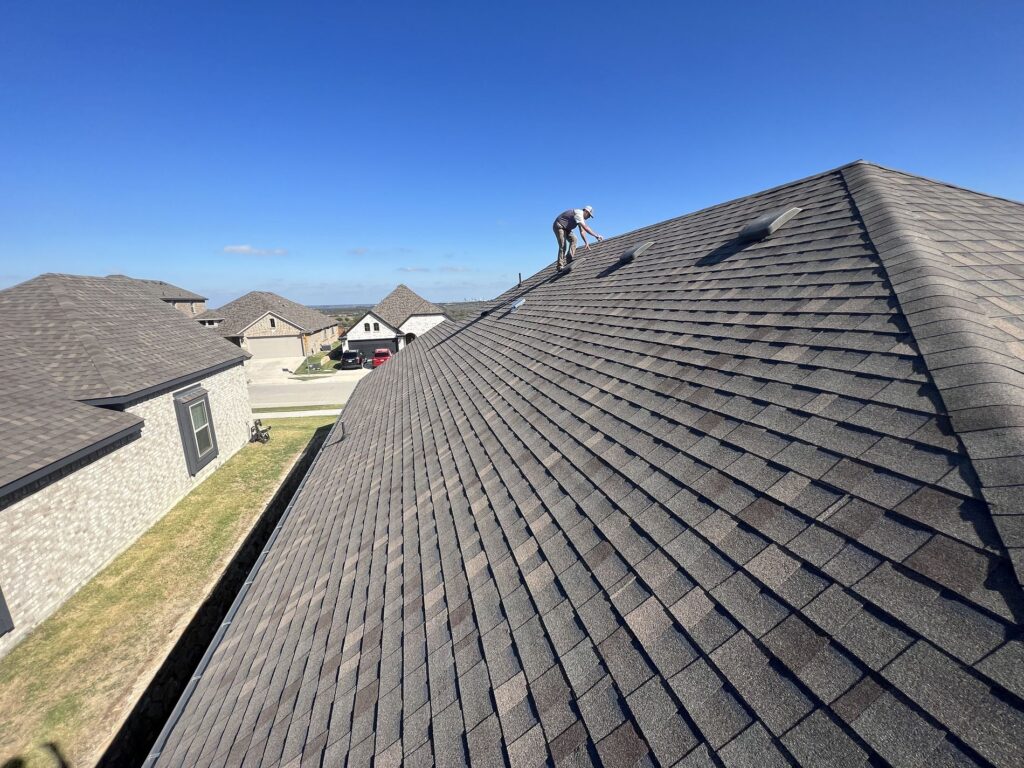
3. Shingles
The top layer of roof component, whether asphalt shingles, metal, or tiles, is the most visible and is the primary defense against weather conditions. Your roof covering is the most obvious part of the anatomy and is the primary protection against water damage. There are many types of roofing materials that range in cost and durability.
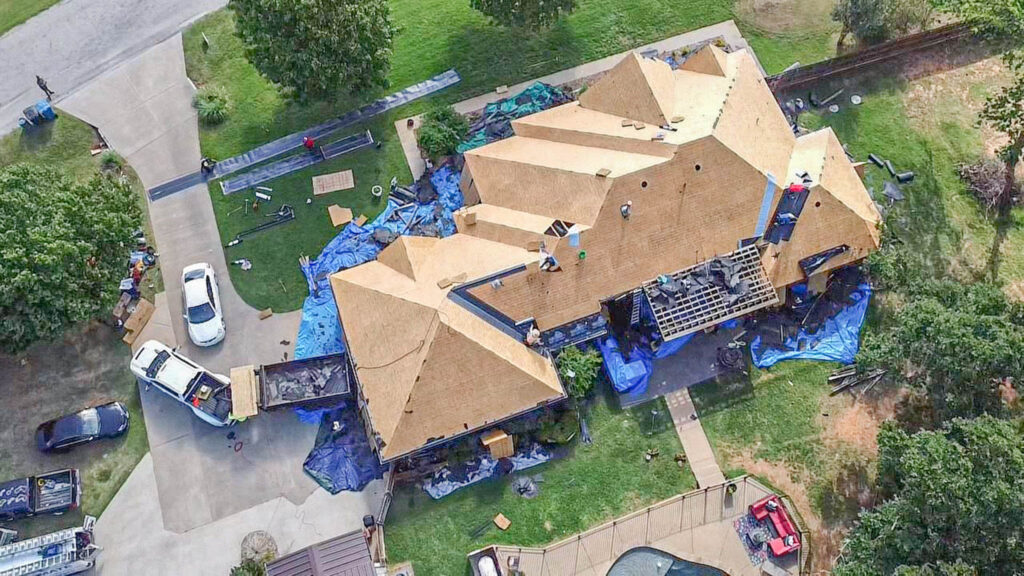
4. Flashing & Drip Edge
Flashing is installed at roof intersections (chimneys, vents) to prevent leaks, while drip edges direct water away from your fascia and roof deck.
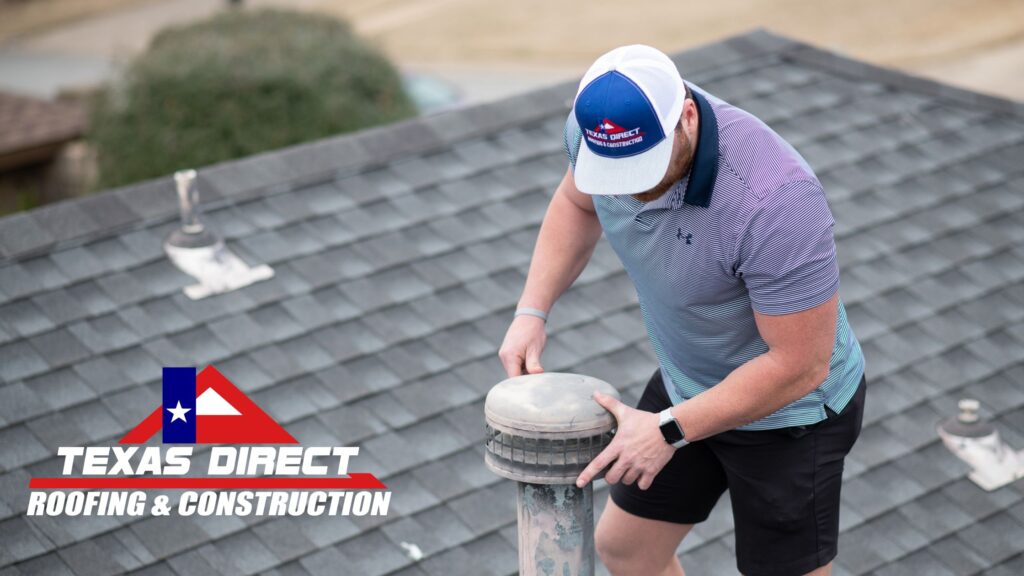
5. Ventilation
Proper ventilation is key to a durable roof. It regulates the temperature in your attic, preventing heat and moisture buildup, which can lead to premature roof wear. Typical examples are attic vents, box vents, attic fans, vent pipes, and ridge vents.
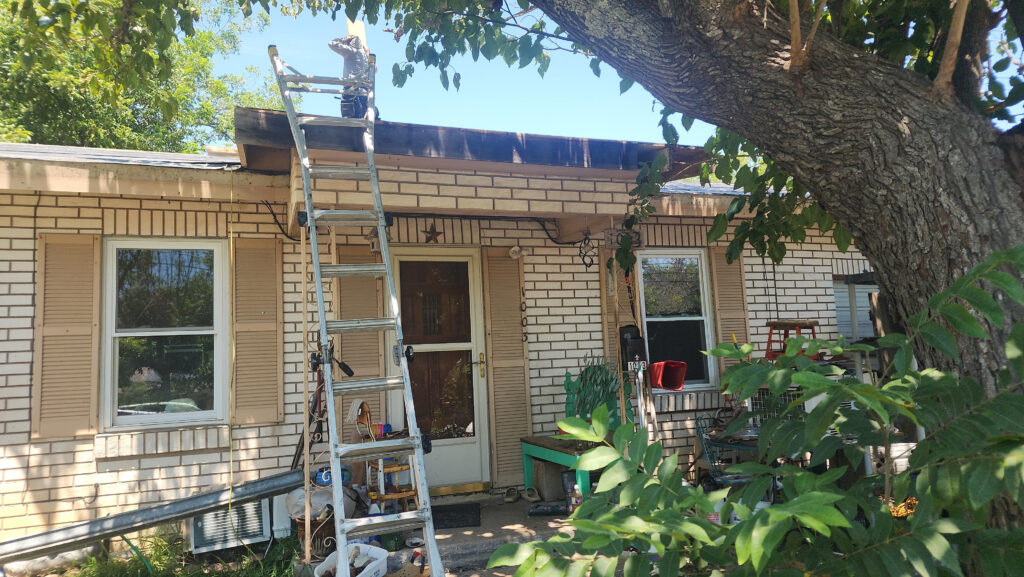
6. Fascia, Soffit, and Soffit Vents
These parts not only add to the aesthetic of your roof but also help with ventilation and moisture control, safeguarding the structural integrity of your home.
Why Roof Maintenance Matters
Regular inspections and timely repairs are essential in extending your roof’s lifespan and avoiding costly damage. Schedule an annual checkup to ensure each component is in top shape and ready to face Texas’ challenging weather conditions.

Common Questions:
Q: What is the role of roof flashing?
A: Roof flashing directs water away from vulnerable roof areas (chimneys, vents) to prevent leaks, ensuring long-term protection from water damage.
Q: What is roof decking, and why is it important?
A: Roof decking is the foundation layer of a roof, usually made of plywood or OSB. It provides structural support for all other roofing materials and ensures the roof’s stability. Without solid decking, the roof could be compromised, leading to leaks and sagging.
Q: How does proper attic ventilation extend the life of a roof?
A: Proper attic ventilation prevents heat and moisture buildup, which can cause premature wear on roofing materials. It regulates the attic temperature, reducing the risk of damage caused by excess heat and condensation.

